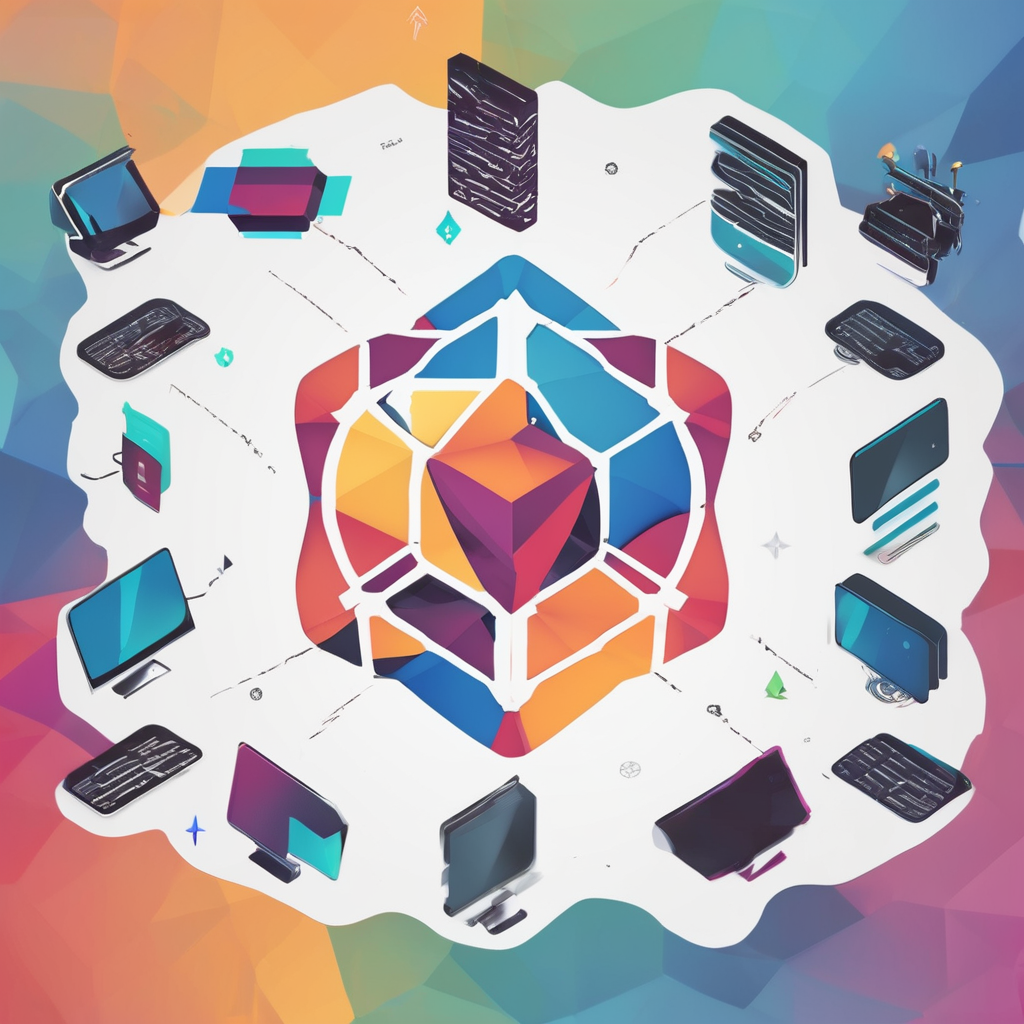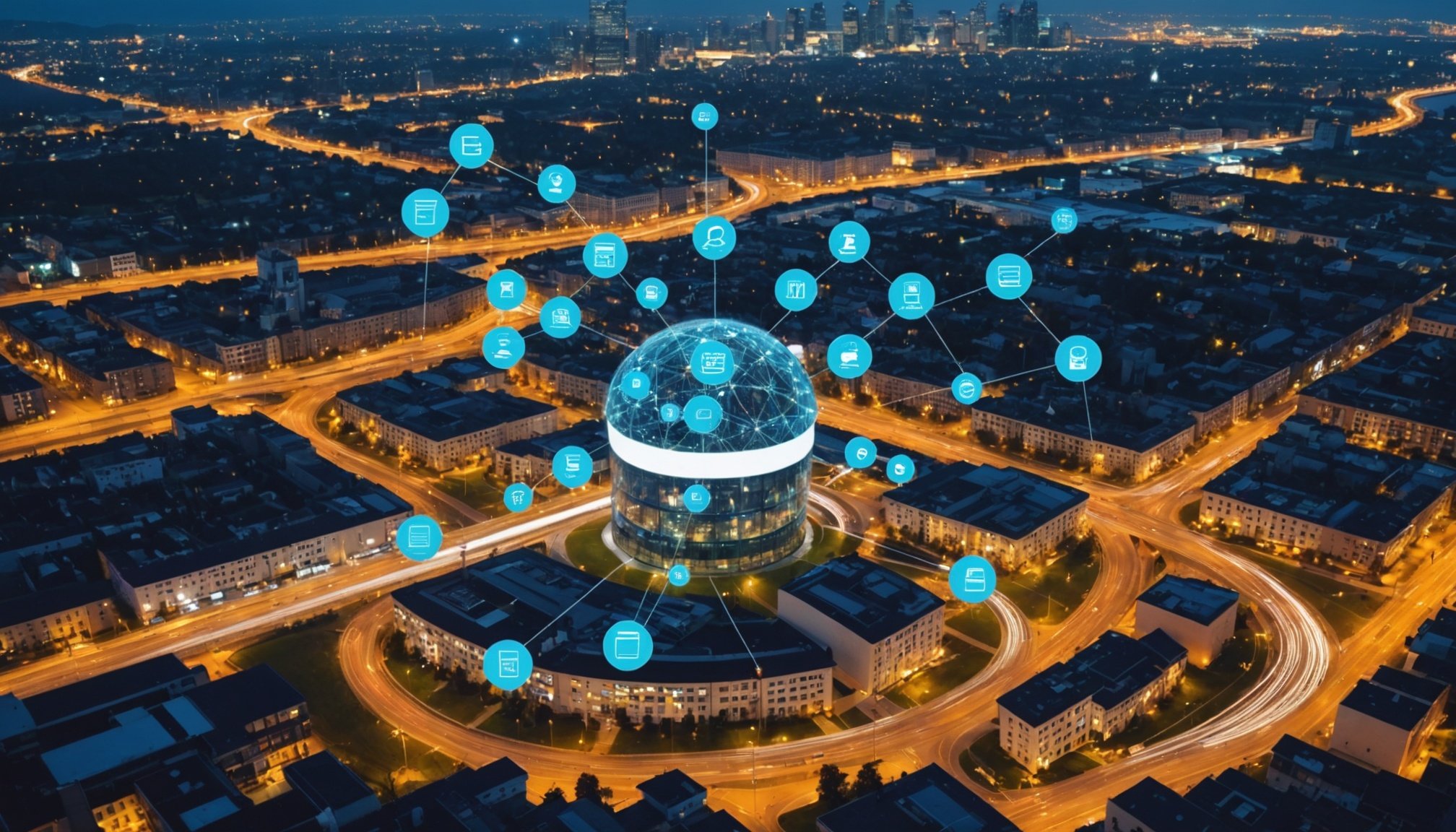Overview of IoT Gateway Solutions
IoT gateways play a crucial role in modern connected systems. IoT gateway architecture serves as the bridge between edge devices and the broader network. These gateways collect, process, and transfer data to ensure systems operate smoothly. With the surge in IoT devices, the demand for robust gateways has intensified, highlighting the necessity for a well-conceived IoT gateway architecture.
An integral aspect of these solutions is scalability. As more devices integrate into IoT ecosystems, gateways must handle increased data loads efficiently. A scalable IoT gateway can adapt to growing network demands, ensuring performance remains uncompromised. This adaptability is essential for industries experiencing rapid technological growth.
Additional reading : Key strategies for developing a high-impact real-time machine learning fraud detection system
The performance of an IoT gateway directly influences the effectiveness of an IoT system. With efficient performance, data processing becomes faster, latency decreases, and real-time data analysis becomes feasible. The gateway’s ability to manage substantial traffic seamlessly without lag bolsters the reliability and responsiveness of the entire IoT network.
In conclusion, a strategic focus on scalability and performance within IoT gateway architecture is imperative. These elements ensure that IoT solutions can meet evolving technological demands while maintaining high efficiency and operational excellence across diverse applications.
This might interest you : Key strategies for crafting a robust cybersecurity framework in fintech applications
Key Architecture Considerations
Designing a robust IoT gateway architecture involves several key principles. One essential aspect is modularity. By incorporating a modular design, systems can be more easily scaled and adapted to future demands. Modularity allows for individual components to be upgraded or replaced without affecting the entire system, supporting continuous improvement and flexibility.
Resource allocation is another critical element in IoT system architecture. Proper resource allocation ensures that the necessary computing power and data handling capacities are available when needed, optimising system efficiency. Strategies for achieving effective resource allocation include prioritising tasks, managing workloads based on their importance, and distributing resources dynamically to meet changing demands.
When designing the architecture, it’s important to consider how different modules will interact and share resources without conflict. Using layered designs or adopting microservices can help facilitate more efficient communication and processing. By focusing on these architecture design principles, IoT systems can be designed to be both powerful and adaptable, catering to growing technological needs. The strategies employed influence not only the current system but also how well it accommodates future technological advancements. By considering these aspects, architects can build systems that are not only efficient but ready for future transformations in the IoT landscape.
Hardware Specifications
When selecting hardware components for IoT applications, it’s essential to tailor your hardware selection to specific needs. The criteria should include aspects such as processing power—a critical factor depending on the intended application requirements. An IoT device managing complex computations or large datasets demands robust processing power. Conversely, simpler tasks may allow for more modest specifications, which can save costs and power.
Moreover, connectivity options are a crucial factor in hardware selection. Devices must seamlessly connect to networks using standards appropriate for their operational environment. Wi-Fi is a common choice for devices operating within a close-range network setup, offering high bandwidth for data-intensive operations. However, in broader, less data-heavy networks, technologies like LoRa become a viable alternative due to their lower energy consumption and longer-range capabilities.
Ensuring compatibility between your hardware components and these connectivity standards is paramount. It’s necessary to verify that the selected hardware supports the intended communication protocols, ensuring efficient and reliable data exchange without unexpected communication issues. Opt for devices that accommodate future flexibility, allowing for upgrades in processing power or connectivity without significant hardware overhauls.
Software and Firmware Requirements
In the realm of IoT gateways, software development is integral to creating seamless connections. The essential software components include protocols and APIs that enable communication between devices. Proper software development ensures that these gateways efficiently manage data flow and device interactions within the IoT ecosystem.
Firmware updates play a pivotal role in maintaining IoT gateways’ security and performance. Regular updates address vulnerabilities, fix bugs, and optimise functionality, ensuring the system remains robust against cyber threats. Without timely firmware updates, devices can become susceptible to breaches, compromising data integrity and reliability.
Ensuring interoperability is crucial in an environment where varied IoT devices coexist. Strategies for achieving this include adopting universal communication standards and developing comprehensive APIs that facilitate interaction among disparate devices. Interoperability not only enhances user experience but also allows for scalability across different applications and industries. Technologies like edge computing and cloud integration are also leveraged to bolster this connectivity.
Ultimately, a harmonious blend of software development, regular firmware updates, and interoperability strategies provides a foundation for a robust, secure, and scalable IoT system. This approach ensures that IoT gateways can handle the ever-evolving landscape of connected devices with efficiency and precision.
Integration Techniques
When implementing integration strategies for IoT gateways, a key focus should remain on ensuring a streamlined data flow. The role of APIs in this process cannot be overstated. APIs serve as the critical conduits that facilitate seamless communication between devices, enabling them to efficiently exchange information. In this context, it is important to consider established best practices.
One effective strategy involves employing robust authentication mechanisms when leveraging APIs. This ensures that data transmissions remain secure and authorised. Additionally, ensuring compatibility with existing data flow architectures is essential for avoiding disruptions during integration.
Moreover, case studies of successful integrations offer valuable insights. One notable example includes a leading smart home technology firm that seamlessly integrated its products with established home automation systems. By prioritising effective API usage, the company enabled devices to communicate effortlessly with varying home products, enhancing the end-user experience.
Emphasising these integration strategies and understanding the importance of APIs in facilitating efficient data flow can greatly influence the success of integrating IoT gateways with existing systems. By adopting these best practices, organisations can navigate potential challenges, ensuring a smooth transition and operation across interconnected devices.
Data Management Strategies
In the complex world of the Internet of Things (IoT), efficient data processing is fundamental. IoT environments generate vast amounts of data, requiring robust strategies to manage these streams efficiently. One effective approach is real-time data processing, which allows businesses to act promptly on incoming data, enhancing responsiveness and operational efficiency. Batch processing is another strategy, suitable for tasks that can afford to wait and can handle larger data volumes simultaneously.
When considering data storage solutions in IoT, businesses face a choice between cloud and edge computing. Cloud storage offers scalability and centralised management, making it ideal for enterprises needing extensive storage capacity. Edge computing, on the other hand, processes data closer to its source, reducing latency and bandwidth use, which is beneficial in environments where speed is crucial.
The role of analytics is paramount in transforming raw IoT data into actionable insights. By applying analytics, businesses can uncover trends, predict outcomes, and make informed decisions. Advanced analytics techniques, such as machine learning, further enhance the ability to derive meaningful conclusions from IoT data, providing a competitive edge and driving innovation. Emphasizing these strategies allows for optimal management and utilisation of IoT data.
Scalability Enhancements
In the rapidly evolving landscape of IoT, scalability strategies are crucial for ensuring robust performance. As devices multiply, managing this growth becomes essential. Techniques such as horizontal and vertical scaling in IoT gateway solutions can be implemented to accommodate increasing data loads. Horizontal scaling involves adding more gateways to the network, thus distributing the load and enhancing performance. Vertical scaling, on the other hand, focuses on increasing the power of existing gateways.
Future-proofing is another key consideration. As technology advances, gateways must remain adaptable. This includes integrating modular components that can be easily upgraded without a complete overhaul of the system. Ensuring compatibility with emerging protocols and standards can safeguard investments against obsolescence.
An often overlooked but vital aspect is load balancing. This strategy involves distributing network traffic across multiple servers or resources to optimise performance and prevent any single point from becoming a bottleneck. Doing so not only enhances efficiency but also increases reliability by ensuring continuous data processing even if one node fails. Implementing these strategies offers a comprehensive approach to maintaining an effective and scalable IoT infrastructure amidst evolving technological demands.
Security Best Practices
In the complex landscape of IoT security, understanding common security threats to IoT gateways is crucial. IoT gateways, which facilitate communication between devices and the cloud, can be vulnerable points for cyberattacks. Malicious actors might exploit these gateways to gain unauthorized access to sensitive data or disrupt services. Therefore, implementing robust threat mitigation strategies is vital.
Effective threat mitigation involves several strategies, such as maintaining updated firmware and software, which helps close security gaps that attackers could exploit. Regular security audits are also essential to identify vulnerabilities. Moreover, establishing a comprehensive incident response plan prepares organizations to quickly address any breaches, minimising potential damage.
Data protection is another critical aspect of IoT security. Utilising encryption techniques ensures that data, both in transit and at rest, remains secure from unauthorized access. Secure communications can be guaranteed by employing protocols like SSL/TLS, which encrypt the data exchanged between IoT devices and the server. These measures not only protect the integrity and confidentiality of information but also bolster users’ trust in IoT systems.
By proactively addressing these areas, organisations can significantly reduce the risks posed to their IoT infrastructure and ensure a secure and reliable IoT ecosystem.
Real-world Examples and Case Studies
The Internet of Things (IoT) has been transforming industries across the globe with successful implementations and case studies demonstrating its impact. A standout example is in the agriculture sector, where IoT gateways have revolutionised precision farming. By gathering real-time data from fields, farmers can make informed decisions to enhance crop yields, demonstrating the power of IoT in practice.
IoT case studies in manufacturing underscore its effectiveness in predictive maintenance. By integrating IoT gateways, companies can monitor equipment health, preventing costly downtime and ensuring efficient operation. This demonstrates the key factors that contribute to effective IoT integration—real-time data collection and proactive decision-making.
In smart cities, IoT success stories highlight improved traffic management and energy conservation. By deploying IoT gateways to monitor traffic patterns and energy usage, cities can enhance public safety and reduce environmental impact. This clearly shows the importance of strategic IoT management in urban environments.
These examples illustrate not just technological advancements but also lessons learned from industry case studies. The primary takeaway is that successful IoT implementations hinge on effective communication between devices, robust data analysis capabilities, and strategic planning tailored to specific industry needs. Such elements are crucial for leveraging IoT’s full potential.











